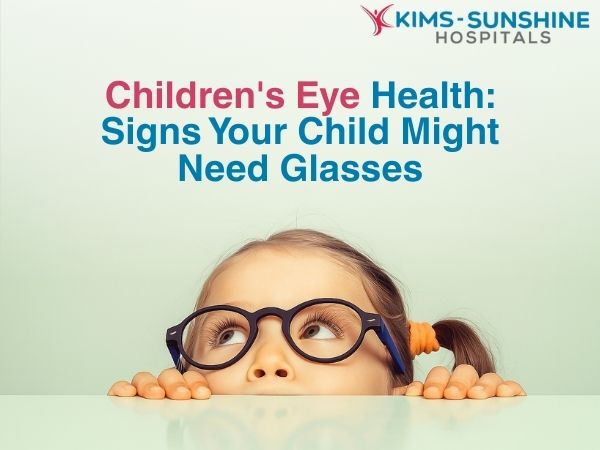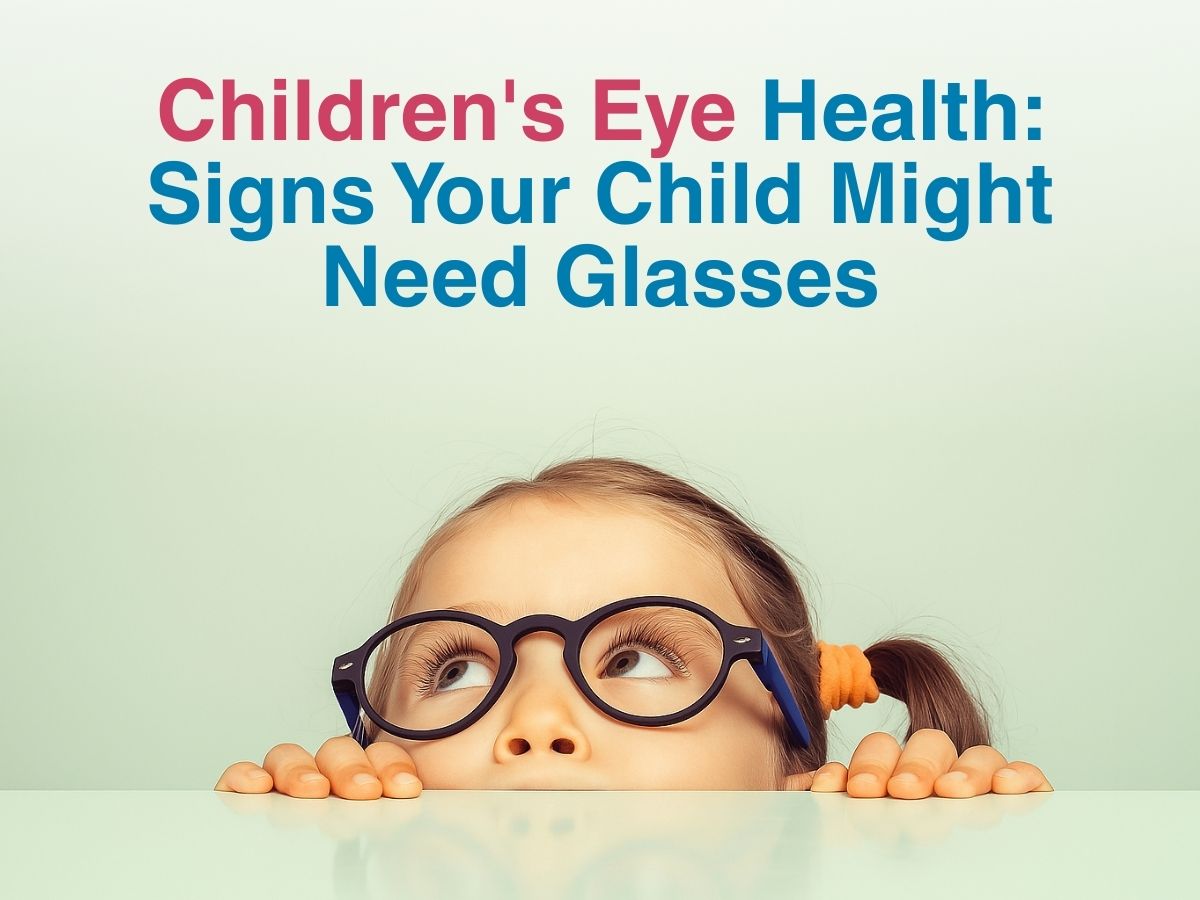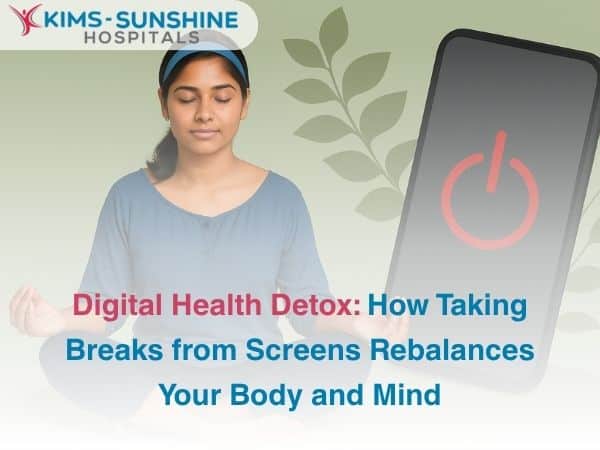
Children’s Eye Health: Signs Your Child Might Need Glasses
Signs Your Child Needs Glasses For The First Time-
Observing your child squinting at the blackboard, tilting their head to one side while reading, sitting unnaturally close to the TV screen, or grabbing the nearest adult’s pair may feel like small, curious theatrics. But, they often whisper a deeper story about vision blurring just beyond the lens, prompting parents to seek clarity and when children complain that distant objects look fuzzy, describe headaches after watching cartoons or playing outdoors, or repeatedly rub their eyes during class – these signs may gently signal that something is not quite right with their refractive power, inviting a prompt visit to an optometrist who can determine whether nearsightedness, farsightedness or astigmatism is at play.
Eye Strain Symptoms In Kids Using Digital Screens-
Digital eye strain, also known as computer vision syndrome, can creep in with shifts in posture, shadowed lighting and screen glare and manifest as headaches, aching shoulders and necks, difficulty concentrating on distant text, or even unexpected tears- symptoms that often go mislabelled as fatigue or restlessness. They may be prompts from the visual system crying out for relief. In India, where screen habits intensified during pandemic lockdowns and devices doubled into both a classroom and a playground, ophthalmologists note a spike in childhood myopia, reinforcing that regulating screen time, encouraging outdoor play, adjusting screen distance, brightness, posture and following simple practices like the 20‑20‑20 rule can help ease strain while slowing myopia progression.
Behavioural Signs Of Vision Problems In Children-
In classrooms, it’s often the teachers who sense the silent signals: children scribbling from friends’ books, complaining of fuzzy print or suggesting headaches after homework and this paired with vigilant parenting, forms a protective web- because uncorrected vision can cascade into learning delays, reduced self-confidence, or unexplained fatigue, all of which fracture academic resilience and social engagement in the long term.
How To Choose The Right Glasses For Kids-
Functional choices matter: plastic frames may withstand lively movements best, the lens centre must align seamlessly with the child’s pupil and the frame width should gently match their face so that the wider peripheral vision remains distortion-free. Adjustable or snug temple pieces ensure the glasses don’t slide off during recess or playtime. Adding anti-reflective coatings, durable polycarbonate lenses, flexible hinges and blue-light filters if screen time is high, enhances both safety and comfort. Professional fitting done by a paediatric optometrist ensures the glasses become tools of clarity and confidence, rather than sources of distraction or discomfort.
Conclusion
Children’s eyes are tiny marvels working overtime in classrooms, playgrounds and screens- and when the news that glasses may help arrives, it should feel like opening a window, not closing a chapter- because better vision unlocks reading, creativity, learning, laughter and makes every shade of childhood bright. By recognising early signs- be the squints, complaints, behaviours, or fatigue- parents and caregivers weave a lens of care over their child’s world in the form of timely checks, smart screen habits, thoughtful eyewear and shared awareness. All of these habits serve as partners in preserving sight, schooling and childhood joy across India’s diverse heart.







